Name Jean-Paul Goude Role Graphic designer | Spouse Karen Park Goude | |
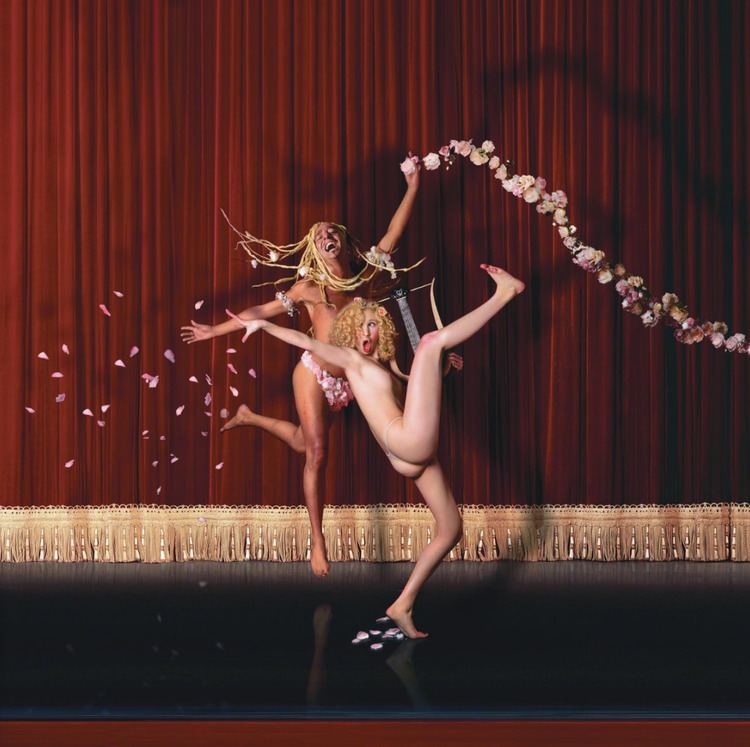 | ||
Education Ecole nationale superieure des arts decoratifs Children Paulo Goude, Theo Goude, Lorelei Goude Movies A One Man Show, Jean-Paul Goude’s Commercials Books The Goude Touch: A Ten Year Campaign for Galeries Lafayette | ||
Jean paul goude
Jean-Paul Goude (born 8 December 1940) is a French graphic designer, illustrator, photographer and advertising film director. He worked as art director at Esquire magazine in New York City during the 1970s, and famously choreographed the 1989 Bicentennial Parade in Paris to mark the 200th anniversary of the French Revolution. In addition, over the last three decades, he has created well known campaigns and illustrations for brands including Perrier, Citroën, Kodak, Chanel, Kenzo and Shiseido.
Contents
- Jean paul goude
- Jean paul goude love money god
- Early life
- Esquire magazine
- Grace Jones
- A Controversial Creator
- Jungle Fever
- The Hottentot Venus and Kim Kardashian
- Television commercials
- Print campaigns
- Personal life
- Selected works
- References
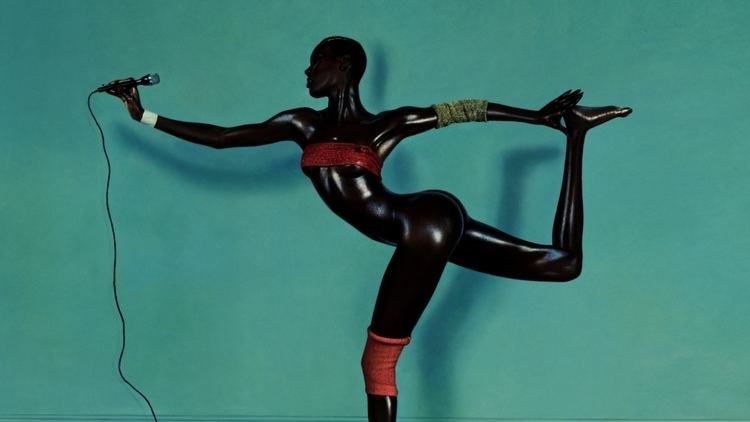
Jean paul goude love money god
Early life
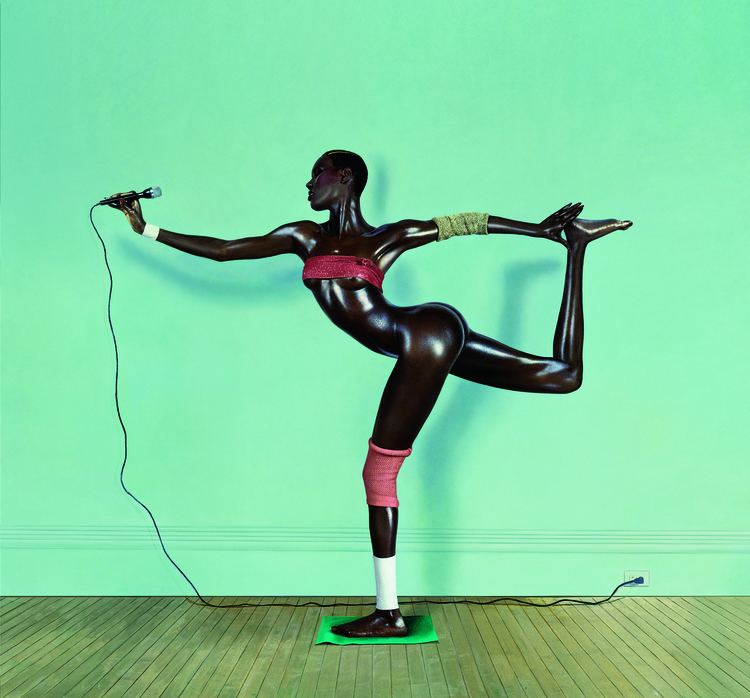
Jean-Paul Goude was born on December 8, 1940 to an American ballet dancer, and a French elevator repair man, and grew up in the Paris suburb of Saint-Mande. As a child, Goude’s mother recognized his natural sense of rhythm, but the most notable characteristic that Goude acknowledged in his childhood self, was a fascination with Aboriginal and black people. From as early as he can remember, Goude would draw images of aboriginals and black people, and would write stories about the characters he created. For Goude, Aboriginals were his heroes; he would draw them fighting White cowboys, and unsurprisingly, the Aboriginals would always win. Although they were his heroes, Blacks would soon hold a larger place in his heart.

Goude and his mother shared in their fascination with black people. As a ballet dancer, his mother envied the beauty of the Black dancers she worked with, and described to her son the jet-black skin of the chorus girls, as well as the unique ways in which the women would move their bodies. Her eyes would light up as she spoke of the Black performers, and Goude would listen, soaking in the views of his mother. In Goude’s book Jungle Fever, he shares an image of his mother dancing in the middle of several men sporting black-face makeup. Goude would also utilize black-face in his photography career. Over the years, this fascination with Blacks would only become more feverish, and as Goude began to dabble in fashion drawings, the models he depicted would always have dark skin. The seldom times that Goude would produce imagery of Whites in his drawings, they always had flat noses and thick lips, described by the artist as “Negroid features”. These characteristics can still be seen in Goude’s work, as the vast majority of his models are Black women. Even decades later, the views developed with the help of his mother continue to fuel Goude’s passion for photography. She also inspired him by exposing him to different forms of print media. "At home, we received American magazines,” Goude told Vogue magazine. “The advertising, in the 1960s, was extraordinary. The first time an issue of Esquire arrived with a cover by George Lois, I said to myself, that’s what I want to do." He studied at the Ecole Nationale Superieure des Arts Decoratifs in Paris before embarking on his career as an illustrator.
Esquire magazine
In 1968, Harold Hayes, editor of Esquire magazine, asked Goude to art direct a special edition of the magazine to celebrate its 75th issue. Several months later, Goude was asked to become the magazine's full-time art editor, despite having limited experience working with layouts. Goude told WWD, "Harold Hayes...called and asked if I knew anyone that would be good for the job of art director; I proposed myself. A few days later, he offered me the job. I took everything I owned and moved to New York. I stayed for seven years and it was great, but I was not prepared for the literary world. I wish I had known more about it. I would see Gore Vidal in the hallways of Esquire. It was exciting." There, his illustrations for the magazine, including an oil-on-photo painting of Chairman Mao Zedong breasting the waves of the Yangtze River with a rubber Donald Duckie, have been described as skirting on the edges of surrealism.
Grace Jones
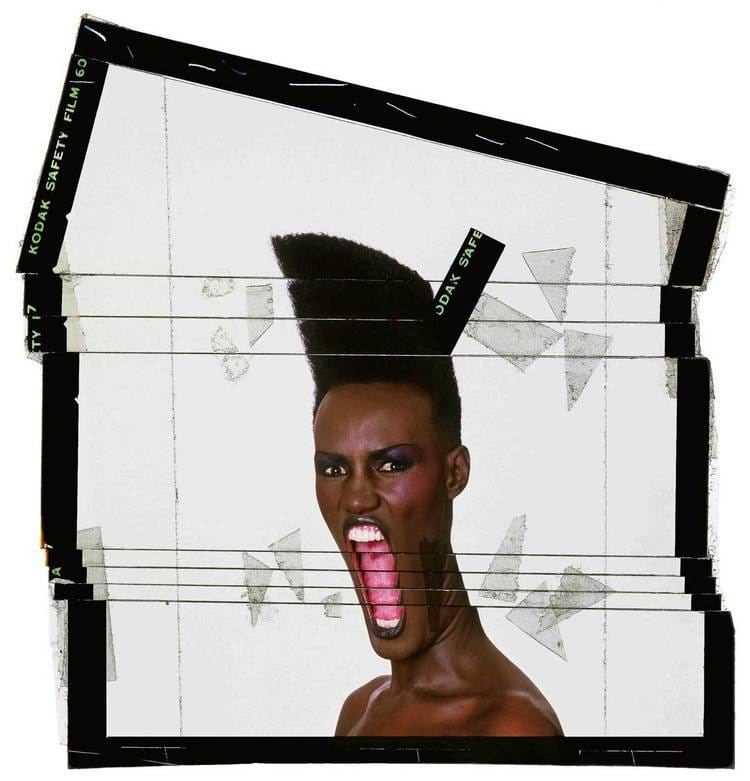
Goude worked closely with model-turned-pop-singer Grace Jones, consulting on her image, choreographing her live stage performances, directing her music videos, and creating her album covers. The two met during New York’s disco scene, stating in a 2009 interview "In 1977 or ’78, I met Grace and it was a period of decadence. People were still doing lots of drugs and I had been working so hard for so long and she made me part of her lifestyle, made me go out dancing at Studio 54. She became an obsession and we did everything together." Soon after meeting, Goude and Jones pursued a romantic relationship, and he began stage-managing her live shows and creating her album covers. Goude used retouching before computer manipulation to depict Jones in an impossible pose for her Island Life album. Jones also appeared in much of Goude's other work, including his 1985 Citroën CX 2 commercial. Their relationship ended after Jones became pregnant with their son, Paulo. "We both had our moments of weakness and when she announced she was pregnant," Goude said, "I had no intention of staying with her. I wasn’t happy with it. But she had the baby and then I became very soft and tender. I did [the book] “Jungle Fever” to keep sane. And things became so bad, I had to leave [Grace]. But I did my best work with her and we’re still very friendly. She is great."
A Controversial Creator
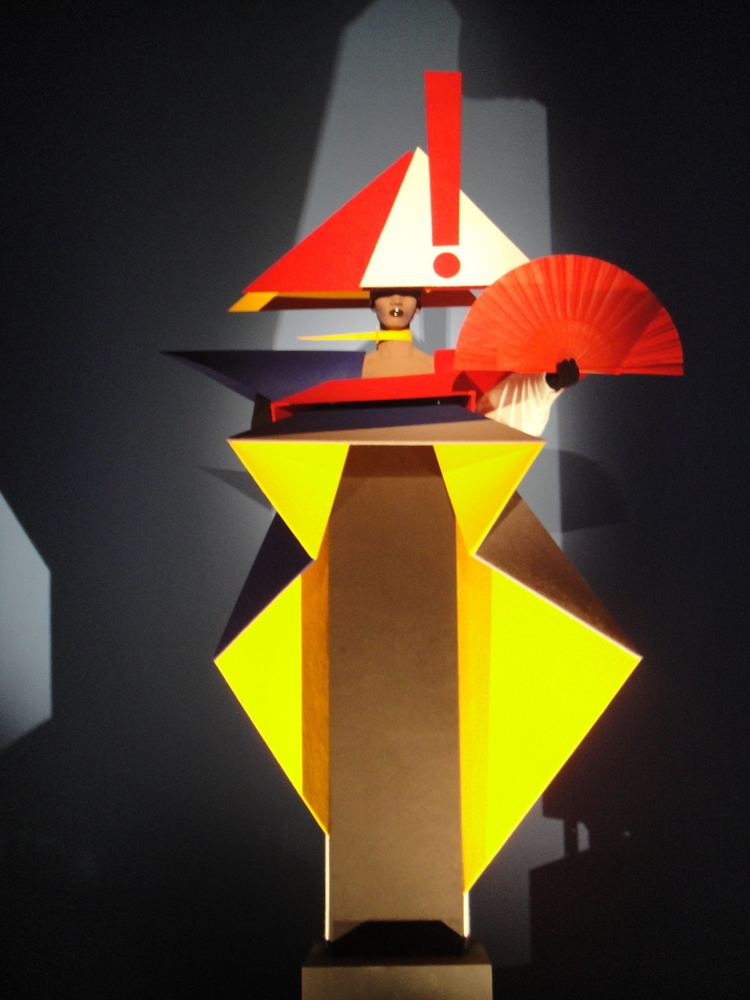
Jean-Paul Goude is a French photographer and graphic designer, often recognized for his humorous, and illusory style. Creating post-modern art, Goude is recognized as avant-garde, “constantly [blurring] the boundaries between publicity and high art” in his advertising campaigns. In comparing Goude’s advertisements to his “art pieces”, several distinctions can be made. To begin, advertisements that Goude creates on commission almost never display Black men or women, are often colourful, and are read as humorous and playful. Although there are generally no ethnic models in Goude’s advertisements, female models often wear subtly tribal hairstyles and jewelry. Lastly, Goude rarely manipulates the bodies of models in advertisements. On the other hand, artworks created by Goude take a completely opposite approach, almost exclusively featuring Black models. These images still utilize bright colours, and graphic design, but are often manipulated to emphasize stereotypically sexualized Black body parts, or to give models tribal looking features, which allude to groups in Africa.

Several assumptions can be made about Goude’s artistic choices in these separate sectors. Some may think that in mostly barring Black women from advertisements, that there is an underlying belief that such women should not be displayed for the public. Goude photographs White models similarly to the way in which White women were censored in Victorian times, while images of Black women are highly sexualized and stigmatized. Black women always have a vacant “sex crazed” gaze, are generally nude, and have been modified to emphasize their sexuality. White women in Goude’s work are rarely modified, and are usually clothed. Goude only utilizes “Black characteristics” in his images of White women in the form of tribal hairstyles, jewelry, and the occasional elongation of the neck. These traits may be used to satisfy his beauty standards, without hypersexualizing, and tarnishing the reputation of the White woman.
Jungle Fever

Jean-Paul Goude’s book, Jungle Fever, has been described as an autobiographical exploration of his career. Published in 1983, Jungle Fever includes many of Goude’s photographs and manipulations of Black women, as well as insights to his personal life with his muses, and his beliefs about the Black female form. The book does not feature any of Goude’s commercial imagery, displaying only his artistic representations of ethnic minorities, with an emphasis on Blacks. The book is separated into several chapters, each titled with the name of the models used in his photographs. Goude was known for creating exaggerated and manipulated forms using collage and post-production tactics and the book shows the progression of several works from sketch to finished work. Examples of these techniques can be found within the book in images such as “Carolina Beaumont” and "Island Life". In these images, Goude exaggerates fetishized body parts. In “Carolina Beaumont”, we see Toukie Smith, balancing a champagne class on her buttocks, completely nude, and wearing a hairstyle reminiscent of African tribes. For this piece, Goude exaggerates Smith’s buttocks to create proportions closer to that of the back side of a race horse, and poses the model in a semi-squatting position. This piece has not only been viewed as a depiction of a subservient Black woman because of her body position, but Goude’s additional commentary in the book animalizes the woman by likening her to a horse. Furthermore, the model wears an unfocused, and eccentric gaze; a characteristic previously given to cartoon depictions of Black women to imply an uncontrollable sexuality. In "Island Life," a photo which he created for cover for Grace Jones's album of the same name, Goude photographed her in several different positions, then overlaid the images to elongate the neck, and legs, and to display her torso completely turned forward. He would then paint in the gaps between body parts to make the image appear natural. The position is wholly unnatural, and aside from highlighting features that are stereotypically fetishized in Black women, the image also implies that no woman other than Jones could assume such a position. This image is generally perceived in one of two ways; first, as an image which hypersexualizes and primitivizes a Black woman to satisfy misogynistic views, or as a voluntary method of empowerment, used by Jones to express her freedom and, movement as a Black woman. In addition to manipulating the proportions of models’ bodies, Goude also frequently darkens their skin. Such an effect is achieved by painting over the printed images during the post-production phase of Goude's process. This effect can be seen several times in the Grace Jones chapter of the book, first in comparing the final Island Life cover to the photo in the process of being edited, and secondly in “Blue-black in black on brown,” in which her skin is painted a dark, blue-back tone.
The Hottentot Venus and Kim Kardashian
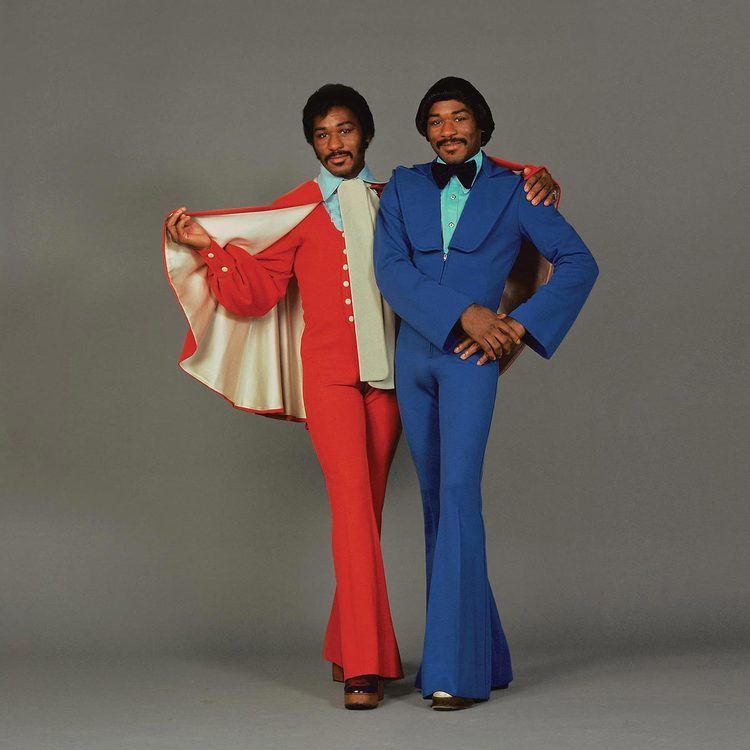
Jean-Paul Goude has stated that he is obsessed with Black women’s bodies and is particularly fascinated by their buttocks, especially if they resemble that of Saartjie Baartman (c. 1790–1815). Baartman, known as the original Hottentot Venus, was a Black woman whose body was turned into a spectacle to “homogenize representations of Black female sexuality as ‘primitive’ and pathological.” The word “Hottentot”, refers to a group of people viewed as separate, and inferior to negroes by the Whites. In her perceived inferiority, Baartman was forced to stand, naked, in front of paying audiences so that they could gawk at her body. Although artistic depictions of nude White women were censored to preserve the idealistic White nude, by parading Baartman around like a side show, Whites could dichotomize her anatomy with the ideal, westernized White female body. While overtly sexualized depictions of Black women became mainstream, and even praised, images of White women continued to be censored. Heavy contrast between acceptability of White and Black female nudes further display the use of racialized anatomical codes.
Goude’s beliefs about Black women’s bodies are similar to those of White men living in Baartman's time. In stating that Blacks are the focal point of his work, as well as openly discussing his obsession with Black bodies, Goude has outed himself as a Negrophiliac; a White person who possesses an intense desire for the Black body. In making this observation, the meaning of Goude’s work becomes increasingly complicated. The cultural phenomenon of Negrophilia implies that there are notable differences between races, and that such differences categorize Blackness as an essence associated with not only a racial position, but a sexual one as well. In separating Blacks as a group of primitive, hypersexualized beings, they can become degraded, or misrepresented in artworks.
In 2014, Goude photographed Kim Kardashian for Paper magazine. When the photos were released, their popularity and topicality were said to "break the Internet," just as the magazine's accompanying caption indicated. One of the images was a recreation of Goude’s earlier work “Carolina Beaumont”. Like the earlier image, the new photo features Kardashian holding an exploding champagne bottle, with the spray arcing over her head and landing in a champagne glass balanced on her butt. Others have drawn the comparison between these photos and depictions of Baartman, seeing them as part of the continuing history of the exploitation of black women's bodies.
Television commercials
Goude’s first television advertisement was a TV spot for Lee Cooper Jeans in 1982, in which he filmed a 10-minute mini opera set to Igor Stravinsky’s The Rite of Spring. He has also created advertisements for clients such as Azzedine Alaia, Perrier, and Cacharel. In 1984, Goude shot a spot for Kodak that followed the adventures of the Kodakettes, mischievous kids clad in red-and-white stripes. In 1992, he filmed an ad for Chanel Fragrance in which he put model Vanessa Paradis in a birdcage, because he thought she looked like Tweety. He also shot the campaign for Zen, Shiseido's parfum in which he asked the French actor and action talent Karl E. Landler to flip above the bottle.
Print campaigns
Some of Goude's most celebrated print campaigns have been for Galeries Lafayette, a leading Parisian department store. Proceeded by art directors, such as Jean Widmer (a student of Bauhaus teacher Johannes Itten) and Peter Knapp, Goude has worked with the company for more than 10 years, and has been given considerable creative freedom. He’s opted to shoot the on-going adventures of "a comic book character, half way between Hergé’s Tintin and a heroine of an early Pearl Buck novel".
Personal life
Throughout his career, Goude associated with a multitude of Black models who lived in his home to function as muses. Goude dated several of these muses, including Toukie Smith, Radiah Frye, and most notably, Grace Jones. Treatment of such women is questionable, as Goude admittedly fetishizes Black women, stating that he is captivated by “ethnic minorities-black girls” and that he has “Jungle Fever”.
It is also recognized that Goude attempted to make alterations to the bodies of his partners. Goude requested that his first Black girlfriend undergo rhinoplasty to correct the proportion of her nose to better compare to the size of her hips.
In a less extreme pursuit of body modification, Goude created a special pair of shoes for Radiah Frye, which brought her to a towering height of seven feet. Gargantuan height paired with similar body proportions of the Hottentot Venus, for Goude, represent the ideal woman. This search for the ideal body continued into his relationship with Toukie Smith, whose “back side was voluptuous enough”, but could not compare to the ass of a racehorse. Goude took to manipulating images during his relationship with Smith, and created an image of her which boasted the backside of an equine. Although Smith was unimpressed with the animalistic representation of her body in the “Carolina Beaumont”, Goude insisted that he would always view her as “the primitive, voluptuous girl-horse”.
Goude’s relationship with Jones began in 1977, when Jones asked Goude for advice in creating album artwork, as well as music videos. Goude was instantly attracted to her, believing that she was an embodiment of his ideal woman. Jones was like no other woman; her androgynous appearance and use of vocal differentiation made her attractive to many, and her feisty attitude made it clear that she was no cupcake. In their relationship, the curiosity and mystery of dating a foreigner drew the two together.
As his muse, Jones underwent transformations of a primitive, and animalistic nature. In Goude’s Jungle Fever, he aimed to display his feverish attraction to Black women, with the goal of emphasizing the “savage aesthetics of the face”. This creation came to be following the birth of his and Jones’ son, and was used to “keep sane” despite the unhappiness he felt in their relationship. Depictions of Jones in the book include an image of her dressed as an animal held within a cage, adorned with a sign stating “Do not feed the animal”. Similar depictions of Jones as an animal can be viewed in their collaborative work, “One Man Show”, in which Jones takes the stage dressed as a gorilla. Although it can be argued that as art director Goude dehumanizes Jones, reinforcing the stereotype that Black women are primitive and possess an uncontrollable, animal sexuality, authors such as Francesca Royster believe that Jones was taking back her own identity and agency. Despite the notoriety that both received in working together, the pair often butted heads during their relationship, sometimes fighting to the point of drawing blood. After reaping the benefits of their collaborative efforts, the pair ultimately parted ways. He has a son, Paulo (b. November 12, 1979), with Jones. He has another son, Theo, and a daughter, Loreleï, with his wife Karen Park Goude.
